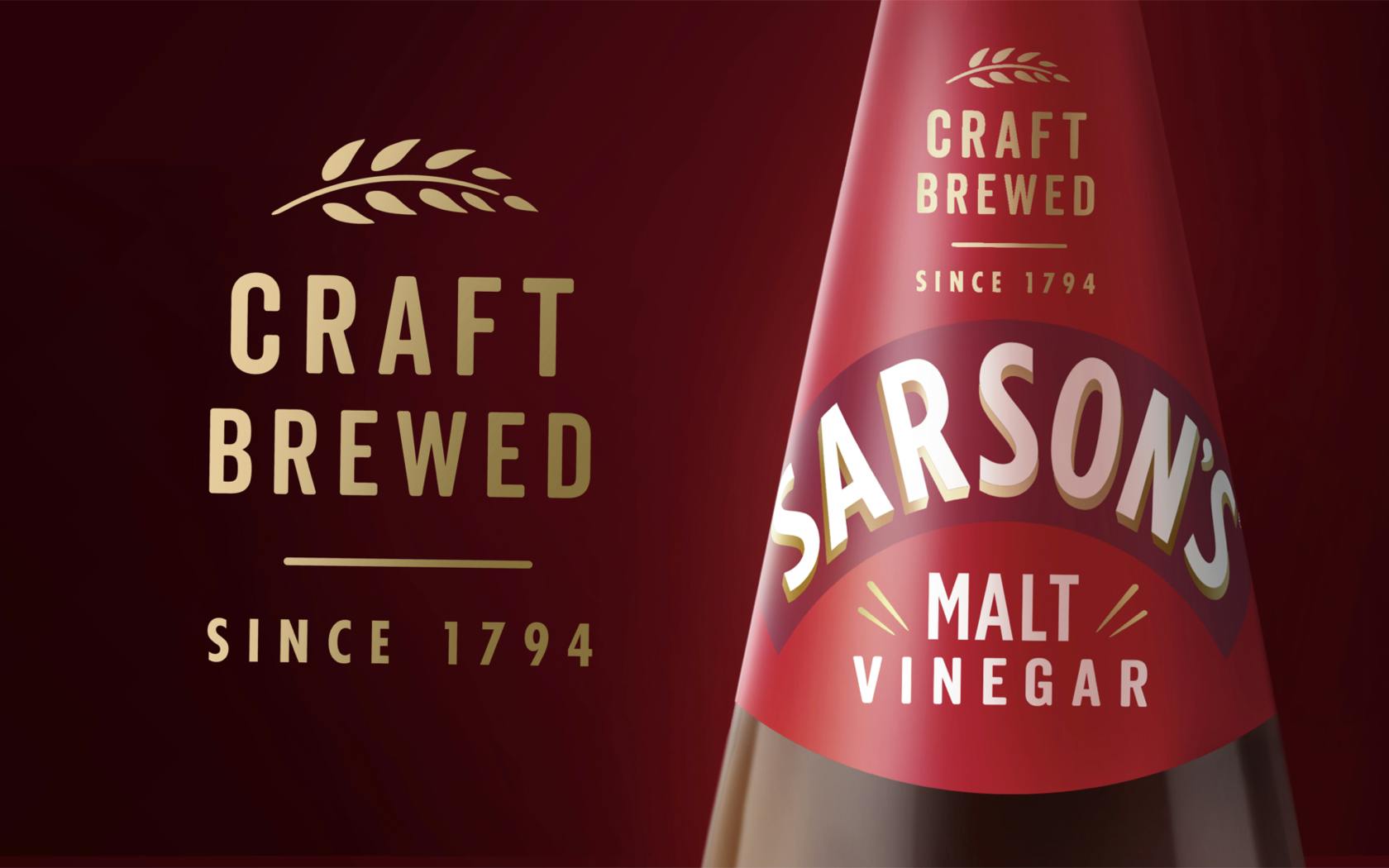Being iconic, is clearly part of the modern marketing vernacular. Brands seem to be on an endless quest for iconicity, and while that is laudable, (who doesn’t want to be iconic) it does come with its own set of challenges. But what exactly does iconic mean?
Icons have universal recognition, they also have universal appeal, (or at least very wide appeal), they will have touched our lives in more meaningful ways than rivals, been part of the fabric of our culture and managed to transcend from engaging with consumers at a product level to a much more emotive level. Cadbury’s could be said to be iconic. It is not just chocolate. It represents a nostalgic past full of warmth, hope, kindness and generosity. But so is Pot Noodle. Irreverent, full of attitude, unashamedly outspoken and equally democratic in its tone of voice. Apple is iconic. It enables a vision of seamless innovation and a future of endless possibilities. But is Microsoft iconic, is Lindt iconic, is Batchelors Cup-A-Soup iconic? Icons are everywhere from music to fashion, from food to tech. We love the idea of iconicity. We label people, moments in history, or events as iconic to give them deeper and more seismic weight in our lives.
So what is it that truly makes things iconic? If we look at the 10 most iconic people of the 20th century names like Mandela, Bowie, Muhammed Ali & Picasso percolate to the top of the list. Why were they iconic? They were super relevant in their own time and more importantly, they made change happen at some point. That is at the heart of being iconic. You make change happen. Brands that are iconic don’t need to continually make change happen, but they need to remain continually relevant and reinforce their cultural value.
The change that iconic brands create can be a small shift, rippling in the endless ocean of brand purpose and brand mission, or something much more impactful. Patagonia is an iconic brand because it sought to protect and preserve nature, and Tony’s Chocoloney is iconic with its quest to halt child labour in the cocoa production chain. But it could equally be argued that Branston pickle is iconic as it changed our relationship with cheese and more broadly with food, as Colman’s mustard also changed our appetite for spice and punchy flavour.
Icons often bring about change, but then struggle to remain relevant. Obviously, this is particularly true as consumer consumption and preferences change, but it is also frequently because these brands no longer look or feel relevant. Their visual assets become a visual link to a previous generation or an outdated way of behaving, even if the truth on which they were built remains intact.
Sarson’s is an iconic brand with an incredible 200-year history rooted in the distinctive flavour of Malt Vinegar. It has graced fish & chip shop counters for decades and has been a staple in many homes. It changed our relationship with vinegar from a preserving force to a flavour enhancer. For many, chips are untouchable without Sarson’s. It has remained visually the same for 40 years, anchored in an iconic drop shape, but with increasingly dated graphics, that no longer elevated this icon and celebrated its expertise and craft it was losing cultural relevancy and its role in making change was being lost.
The brand has been redesigned by This Way Up Design, to reflect its heritage but also re-connect with a younger audience who are looking for truly authentic brands. The colours have been updated to be fresher and more, well, iconic. The awkward layered ‘drop’ has gone to allow the bottle shape to be the focal point. The logo has been given stature and subtle modernity and the simple re-iteration of ‘craft brewed’ with the malted barley image serves to highlight why this brand is undoubtedly different, but also demonstrates the brand’s unswerving passion to elevate taste and the eating experience.
For all those start-ups and entrepreneurs out there, striving to build amazing food and drink brands of the future that are enduring, powerful and eventually iconic, we say define the change you will make, and keep telling your story with conviction, clarity and cultural relevance. And you will achieve iconicity…
